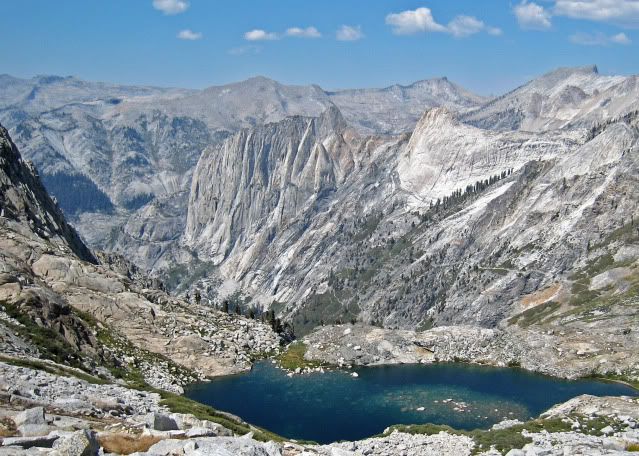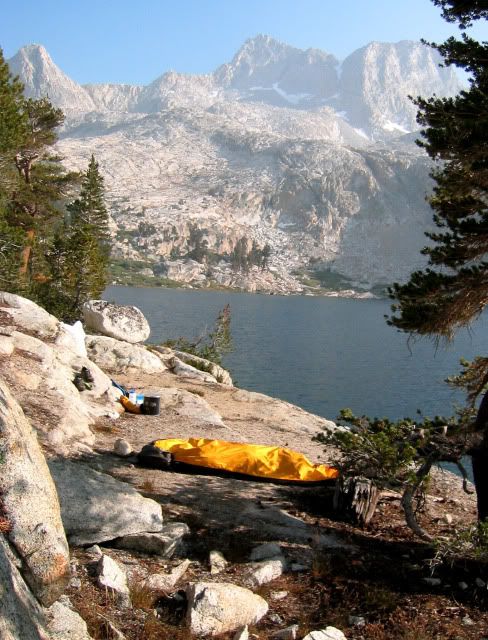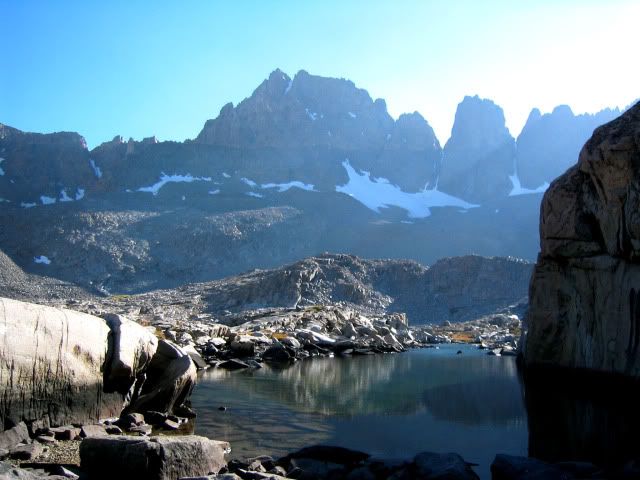Heather: Can you please tell me what is, or provide me an image of, this item that you call a "hooky-do?" I am having difficulty locating this apparatus on any of the various photo websites that I have purchased from. My calls to B&H Photo were of no avail; they disconnected my call after I repeatedly told the operator I was in search of this elusive 'hooky-do.'
I've purchased one of these off ebay before. It threaded into the p&s camera at the base of the lens and extended out the distance of the lens at its farthest point and allowed you to attach various lenses and filters. I think many of the modern lightweight p&s cameras don't have the ability to add these.
I don't mind the coloration of your altered photo. You may have similar complaints if you were to use an actual UV filter. The washed out photo could be helped by shielding the camera from the sun.
I will say this... lighting is the most challenging aspect of photography. Pro's carry heavy equipment and have invested a lot of time to get it right. Don't expect to always be able to get the photo you want with a p&s camera.
I have seen many photos of the grand canyon over the years, not one has come close to doing it justice.
I would try to shield the sun a bit (with your hat)... and maybe try a UV filter. Also, (if I can rant for a bit) the biggest mistake I see novices do when buying a digital camera is they want a long focal length and high megapixel count. Both those things tend to make pictures worse. A long focal length means every pic you take will be thru a lot of glass. A high megapixel count increases the "noise" in black areas of your photograph. Pic out a camera with a moderate focal range and try (its not easy to do) to get a camera with the largest CCD.



